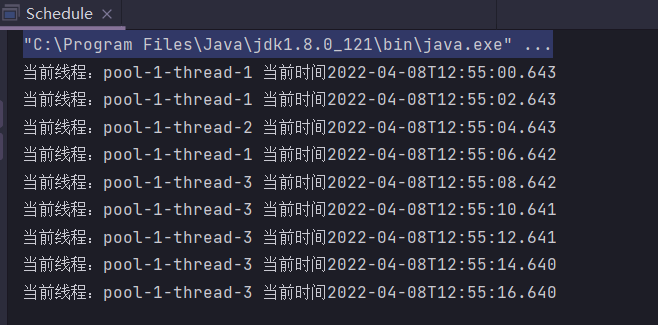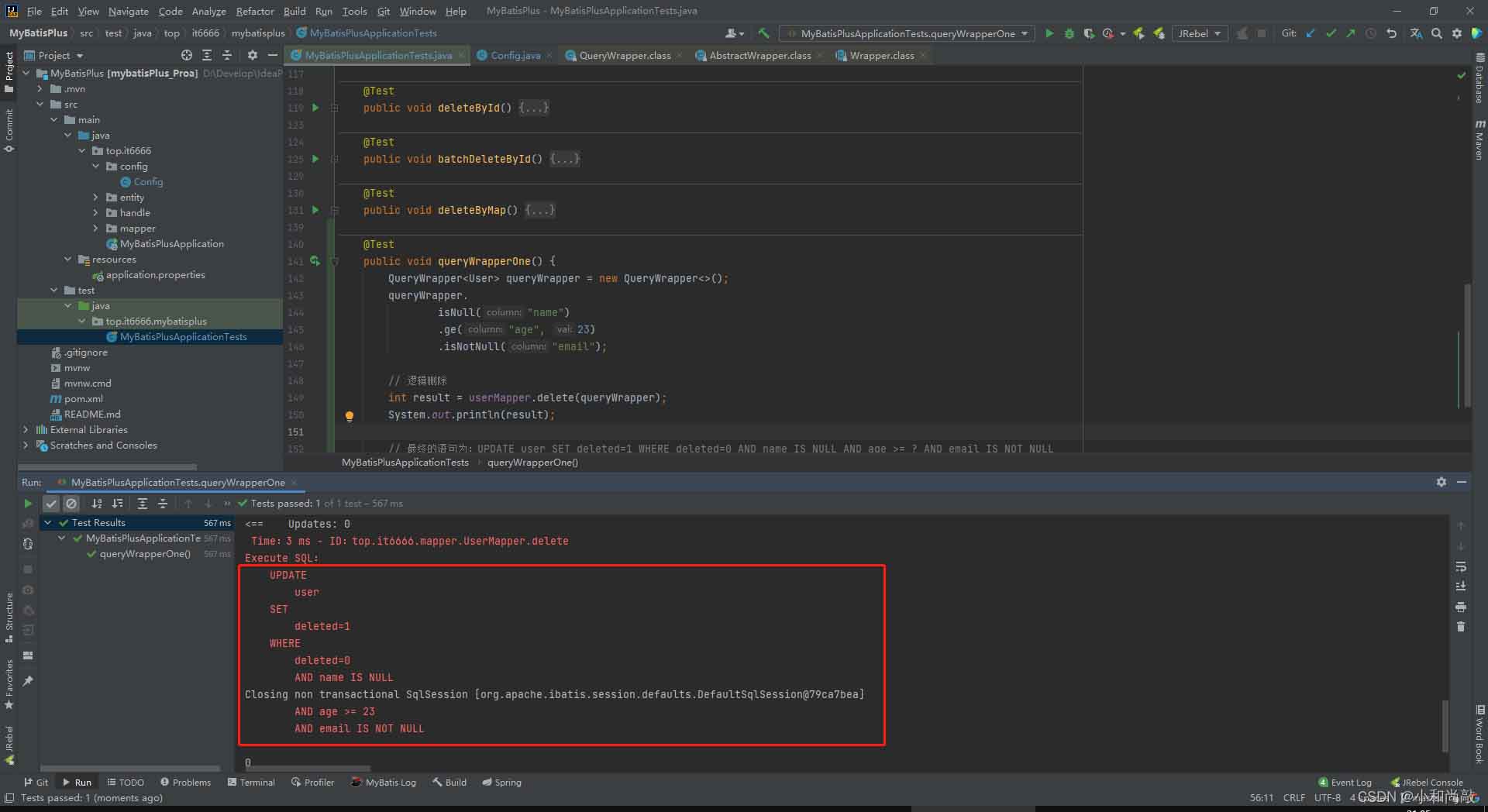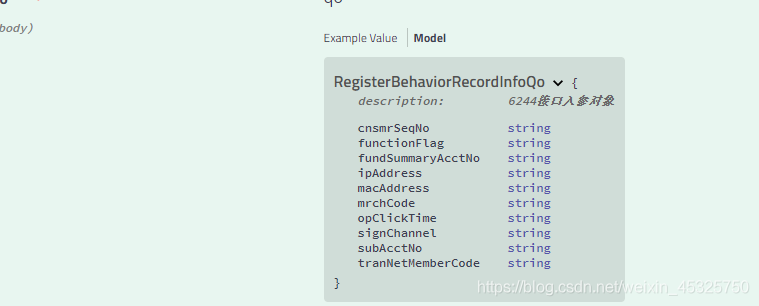这篇文章主要通过示例为大家详细介绍了SpringBoot中的事件的用法和原理以及如何实现事件同步与异步监听,快跟随小编一起学习学习吧
简介
说明
本文用示例介绍SpringBoot中的事件的用法及原理。
事件监听简述
事件的发布与监听从属于观察者模式;和MQ相比,事件的发布与监听偏向于处理服务内的某些逻辑。
多个监听器可以监听同一个事件。例如:发布了事件A,监听器A和监听器B都监听了事件A,则监听器A和B都会进行处理。
同步与异步监听
| 监听方式 | 特点 | 使用时机 |
|---|---|---|
| 同步监听 | 发布器线程与监听器线程处于同一线程 | 1.监听逻辑处理较快 2.需要紧接着根据监听器追踪业务线程 |
| 异步监听 | 发布器线程与监听器线程处于不同线程 | 1.监听逻辑处理比较耗时 2.追求响应性能 |
事件的顺序
可使用实现Ordered接口的方式,调整监听器顺序。
注意:必须是同时实现 ApplicationListener<MyEvent>,Ordered这样的方法才能控制顺序。
下边几种都是无法控制顺序的:
- @Component+@EventListerner+实现Ordered
- 实现 ApplicationListener<MyEvent>+@Order
实例
同步监听(无序)
事件
package com.example.event;
import org.springframework.context.ApplicationEvent;
public class MyEvent extends ApplicationEvent {
public MyEvent(Object source) {
super(source);
}
}
监听器
监听器1
package com.example.event;
import org.springframework.context.event.EventListener;
import org.springframework.stereotype.Component;
@Component
public class MyListener {
@EventListener
public void abc(MyEvent event) {
System.out.println("监听器: " + "MyListener");
System.out.println("监听器所在线程:" + Thread.currentThread().getName());
System.out.println("事件: " + event);
System.out.println("事件的数据: " + event.getSource());
}
}
监听器2
package com.example.event;
import org.springframework.context.event.EventListener;
import org.springframework.stereotype.Component;
@Component
public class MyListener2 {
@EventListener
public void onApplicationEvent(MyEvent event) {
System.out.println("监听器: " + "MyListener2");
System.out.println(" 所在线程: " + Thread.currentThread().getName());
System.out.println(" 事件: " + event);
System.out.println(" 事件的数据:" + event.getSource());
}
}
发布器
package com.example.event;
import org.springframework.beans.factory.annotation.Autowired;
import org.springframework.context.ApplicationContext;
import org.springframework.stereotype.Component;
@Component
public class MyPublisher {
@Autowired
ApplicationContext applicationContext;
public void myPublish(String message) {
System.out.println("发布器所在线程:" + Thread.currentThread().getName());
applicationContext.publishEvent(new MyEvent(message));
}
}
测试
写一个Controller
package com.example.controller;
import com.example.event.MyPublisher;
import org.springframework.beans.factory.annotation.Autowired;
import org.springframework.web.bind.annotation.GetMapping;
import org.springframework.web.bind.annotation.RequestMapping;
import org.springframework.web.bind.annotation.RestController;
@RestController
public class HelloController {
@Autowired
MyPublisher myPublisher;
@GetMapping("/test1")
public String test1() {
myPublisher.myPublish("Hello");
return "test1 success";
}
}
启动后,访问:http://localhost:8080/test1
后端输出:
发布器所在线程:http-nio-8080-exec-1
监听器: MyListener
所在线程: http-nio-8080-exec-1
事件: com.example.event.MyEvent[source=Hello]
事件的数据:Hello
监听器: MyListener2
所在线程: http-nio-8080-exec-1
事件: com.example.event.MyEvent[source=Hello]
事件的数据:Hello
可以发现,所有监听器和发布器都在同一个线程。
同步监听(有序)
事件
package com.example.event;
import org.springframework.context.ApplicationEvent;
public class MyEvent extends ApplicationEvent {
public MyEvent(Object source) {
super(source);
}
}
监听器
监听器1
package com.example.event;
import org.springframework.context.ApplicationListener;
import org.springframework.core.Ordered;
import org.springframework.stereotype.Component;
@Component
public class MyListener implements ApplicationListener<MyEvent>, Ordered {
@Override
public void onApplicationEvent(MyEvent event) {
System.out.println("监听器: " + "MyListener");
System.out.println(" 所在线程: " + Thread.currentThread().getName());
System.out.println(" 事件: " + event);
System.out.println(" 事件的数据:" + event.getSource());
}
@Override
public int getOrder() {
return 2;
}
}
监听器2
package com.example.event;
import org.springframework.context.ApplicationListener;
import org.springframework.core.Ordered;
import org.springframework.stereotype.Component;
@Component
public class MyListener2 implements ApplicationListener<MyEvent>, Ordered {
public void onApplicationEvent(MyEvent event) {
System.out.println("监听器: " + "MyListener2");
System.out.println(" 所在线程: " + Thread.currentThread().getName());
System.out.println(" 事件: " + event);
System.out.println(" 事件的数据:" + event.getSource());
}
@Override
public int getOrder() {
return 1;
}
}
发布器
package com.example.event;
import org.springframework.beans.factory.annotation.Autowired;
import org.springframework.context.ApplicationContext;
import org.springframework.stereotype.Component;
@Component
public class MyPublisher {
@Autowired
ApplicationContext applicationContext;
public void myPublish(String message) {
System.out.println("发布器所在线程:" + Thread.currentThread().getName());
applicationContext.publishEvent(new MyEvent(message));
}
}
测试
写一个Controller
package com.example.controller;
import com.example.event.MyPublisher;
import org.springframework.beans.factory.annotation.Autowired;
import org.springframework.web.bind.annotation.GetMapping;
import org.springframework.web.bind.annotation.RequestMapping;
import org.springframework.web.bind.annotation.RestController;
@RestController
public class HelloController {
@Autowired
MyPublisher myPublisher;
@GetMapping("/test1")
public String test1() {
myPublisher.myPublish("Hello");
return "test1 success";
}
}
启动后,访问:http://localhost:8080/test1
后端输出:
发布器所在线程:http-nio-8080-exec-1
监听器: MyListener2
所在线程: http-nio-8080-exec-1
事件: com.example.event.MyEvent[source=Hello]
事件的数据:Hello
监听器: MyListener
所在线程: http-nio-8080-exec-1
事件: com.example.event.MyEvent[source=Hello]
事件的数据:Hello
如果将监听器的实现的Ordered顺序颠倒,则输出结果如下:
发布器所在线程:http-nio-8080-exec-1
监听器: MyListener
所在线程: http-nio-8080-exec-1
事件: com.example.event.MyEvent[source=Hello]
事件的数据:Hello
监听器: MyListener2
所在线程: http-nio-8080-exec-1
事件: com.example.event.MyEvent[source=Hello]
事件的数据:Hello
异步监听(无序)
方法:
- 开启异步监听
- 在监听器上加@Async(此监听器必须是@Component方法注册的)
事件
package com.example.event;
import org.springframework.context.ApplicationEvent;
public class MyEvent extends ApplicationEvent {
public MyEvent(Object source) {
super(source);
}
}
同步监听器
package com.example.event;
import org.springframework.context.event.EventListener;
import org.springframework.stereotype.Component;
@Component
public class MyListener {
@EventListener
public void abc(MyEvent event) {
System.out.println("监听器: " + "MyListener");
System.out.println(" 所在线程: " + Thread.currentThread().getName());
System.out.println(" 事件: " + event);
System.out.println(" 事件的数据:" + event.getSource());
}
}
异步监听器
package com.example.event;
import org.springframework.context.event.EventListener;
import org.springframework.scheduling.annotation.Async;
import org.springframework.stereotype.Component;
@Component
@Async
public class MyListener2 {
@EventListener
public void onApplicationEvent(MyEvent event) {
System.out.println("监听器: " + "MyListener2");
System.out.println(" 所在线程: " + Thread.currentThread().getName());
System.out.println(" 事件: " + event);
System.out.println(" 事件的数据:" + event.getSource());
}
}
发布器
package com.example.event;
import org.springframework.beans.factory.annotation.Autowired;
import org.springframework.context.ApplicationContext;
import org.springframework.stereotype.Component;
@Component
public class MyPublisher {
@Autowired
ApplicationContext applicationContext;
public void myPublish(String message) {
System.out.println("发布器所在线程:" + Thread.currentThread().getName());
applicationContext.publishEvent(new MyEvent(message));
}
}
启动类
package com.example;
import org.springframework.boot.SpringApplication;
import org.springframework.boot.autoconfigure.SpringBootApplication;
import org.springframework.scheduling.annotation.EnableAsync;
@SpringBootApplication
@EnableAsync
public class DemoApplication {
public static void main(String[] args) {
SpringApplication.run(DemoApplication.class, args);
}
}
测试
写一个Controller
package com.example.controller;
import com.example.event.MyPublisher;
import org.springframework.beans.factory.annotation.Autowired;
import org.springframework.web.bind.annotation.GetMapping;
import org.springframework.web.bind.annotation.RequestMapping;
import org.springframework.web.bind.annotation.RestController;
@RestController
public class HelloController {
@Autowired
MyPublisher myPublisher;
@GetMapping("/test1")
public String test1() {
myPublisher.myPublish("Hello");
return "test1 success";
}
}
启动后,访问:http://localhost:8080/test1
后端输出:
发布器所在线程:http-nio-8080-exec-1
监听器: MyListener
所在线程: http-nio-8080-exec-1
事件: com.example.event.MyEvent[source=Hello]
事件的数据:Hello
监听器: MyListener2
所在线程: task-1
事件: com.example.event.MyEvent[source=Hello]
事件的数据:Hello
到此这篇关于详解SpringBoot实现同步与异步事件监听的文章就介绍到这了,更多相关SpringBoot事件监听内容请搜索编程学习网以前的文章希望大家以后多多支持编程学习网!
本文标题为:详解SpringBoot实现事件同步与异步监听


基础教程推荐
- Java+mysql实现学籍管理系统 2023-03-16
- 深入理解约瑟夫环的数学优化方法 2024-03-07
- 是否适合从javabean类更新数据库? 2023-11-04
- JSP 动态树的实现 2023-12-17
- Java编写实现窗体程序显示日历 2023-01-02
- JavaWeb 实现验证码功能(demo) 2024-04-14
- springboot下使用shiro自定义filter的个人经验分享 2024-02-27
- 运用El表达式截取字符串/获取list的长度实例 2023-08-01
- Java中EnvironmentAware 接口的作用 2023-01-23
- 使用Java和WebSocket实现网页聊天室实例代码 2024-02-25

















